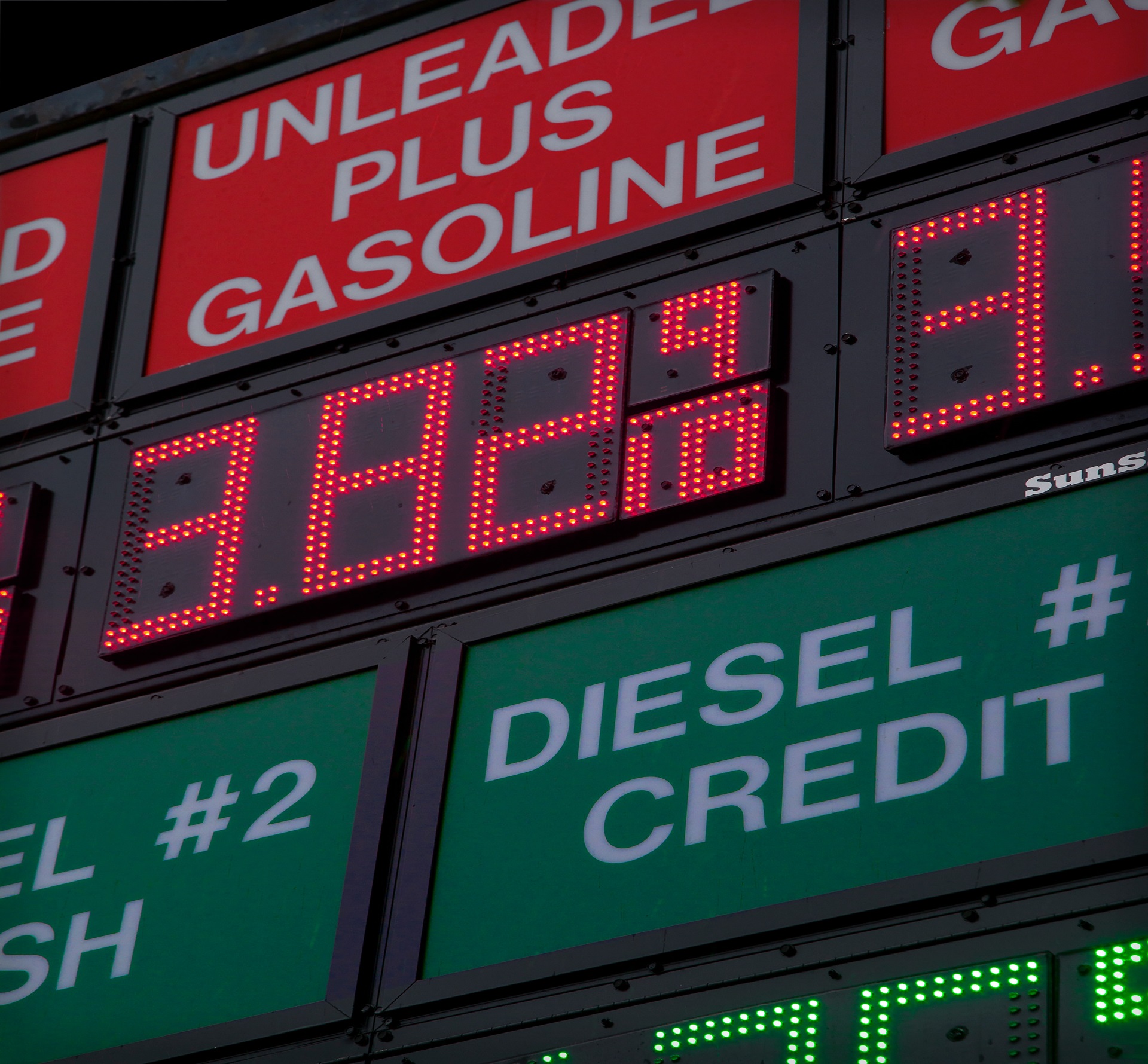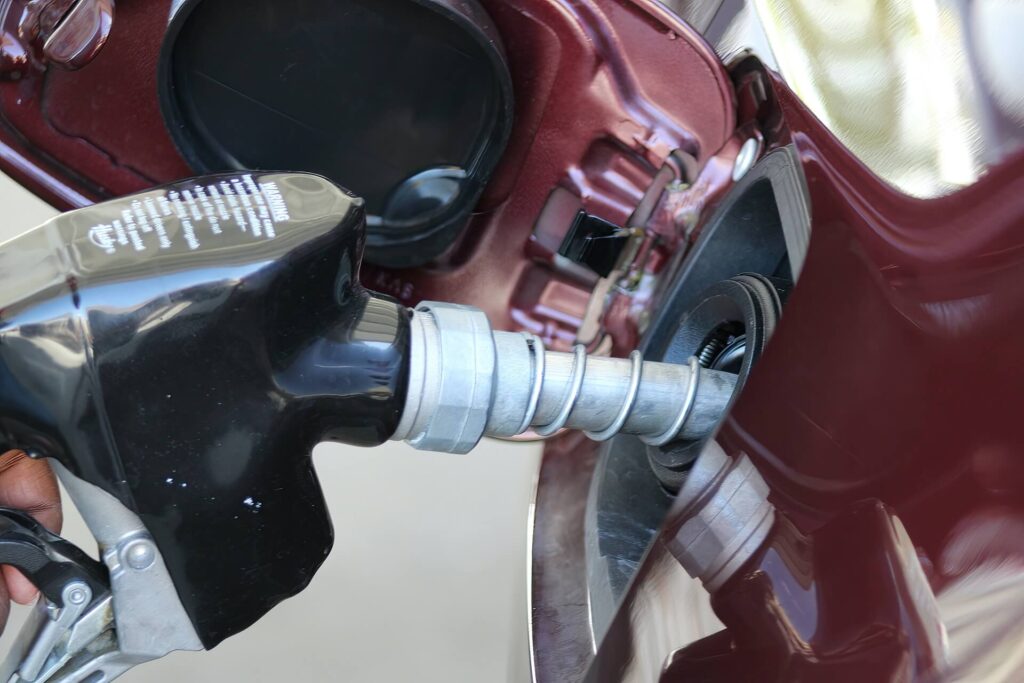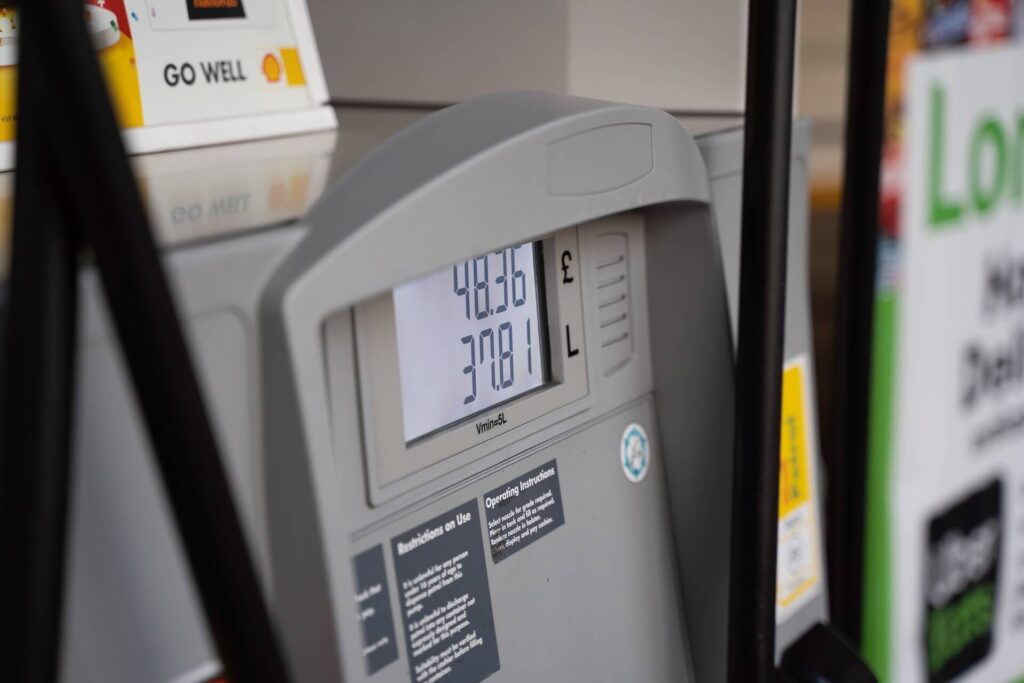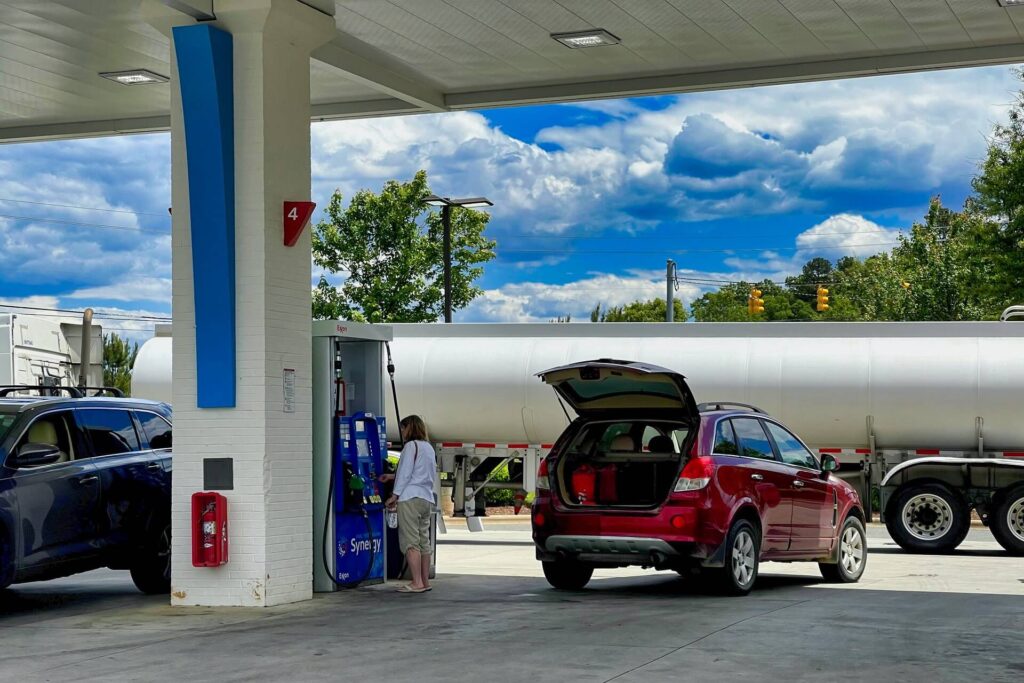Gasoline Price Predictions in the Next Five Years
Jul 05, 2023

As an Amazon Associate, Modded gets commissions for purchases made through links in this post.
World events such as the conflict in Ukraine have caused price inflation worldwide — driving up the prices in every sector. One of the highest price hikes is in gasoline. Because many conventional vehicles still require it to run, gasoline price predictions in the next five years are among the most significant concerns for everyone around the world.
Current Gasoline Metrics and What They Mean

Although lowering slightly, gasoline prices remain at record highs throughout the world. The Organization of the Petroleum Exporting Countries — also known as OPEC — has announced that they will cut their combined crude oil exports further. This means 500,000 barrels of crude oil production will be cut from the market, driving prices up even further.
Crude oil costs 54% of a gallon of gasoline, so it is a benchmark for the price of gas and other fossil fuels. Brent Crude Oil, one of the largest suppliers of crude oil, has raised its price to $86 a barrel.
Increasing crude oil prices trickle down to the consumer as companies struggle to profit from selling gasoline. The more gasoline companies have to pay for crude oil, the higher their gasoline prices to the consumer will be.
This move by OPEC is a response to the current economic situation in the U.S. and the U.K. Record high-interest rates in Western countries have led to a financial crisis as many banks close. While this move should reduce gasoline prices in the long term, it will also cause them to rise in the short term.
Consumers will have to pay more for gas, causing them to spend less in other areas as money is going more towards purchases essential to maintaining living standards. As consumers spend less, businesses make less profit — causing stocks to fall.
Predicting Gas Prices
Forecasting the price of gas far into the future is difficult because gas prices tend to be highly volatile, especially in today’s world. Website Wallet Investor offers a solid gasoline price prediction within the next five years — just over $5.000 per gallon by the end of 2028. These projections don’t look pretty, but many worldwide factors could affect gas prices in the future.
This table outlines the potential highs, lows and averages for American gas prices for each year from 2024-2028.
| 2024 | Yearly High: $3.321 per gallon | Yearly Low: $2.688 per gallon | Average: $3.010 per gallon |
| 2025 | Yearly High: $3.760 | Yearly Low: $3.108 | Average: $3.434 |
| 2026 | Yearly High: $4.199 | Yearly Low: $3.551 | Average: $3.875 |
| 2027 | Yearly High: $4.638 | Yearly Low: $3.989 | Average: $4.313 |
| 2028 | Yearly High: $5.077 | Yearly Low: $4.427 | Average: $4.752 |
You can also expect each year to experience a drop in gas prices starting in June or July and continuing for the rest of the year. Once the new year begins, prices will rise again to higher levels than before. This pattern has remained consistent since 2020, and the prevailing economic tensions around the globe suggest that it won’t change any time soon.
China’s Global Economic Impact
China’s re-opening after lifting all of its COVID-19 restrictions by January 2023 is predicted to significantly relieve the pressure from gas prices. Until now, China’s energy consumption has been limited due to COVID-19 restrictions. These projections proved correct, as natural gas prices dropped to pre-Ukraine war levels in the first half of 2023 in most of Asia.

China’s gross domestic product growth is at 5% this year, faster than the global economic growth. The country’s need for crude oil exports will be a boon to the global oil economy as demand for crude oil will increase worldwide.
Once the country opens its borders again, its fuel consumption is predicted to grow by 5.0%. This is due to flights to and from the country increasing in frequency as they return to the export market. Because of this, analysts are expecting strong growth returns in the crude oil market, which will help raise global fuel consumption growth for 2023.
However, Americans have once again noticed prices slowly climbing at local gas stations due to several factors, including Chinese petrochemical activity and a massive spike in demand for oil from the summer travel season. China’s decision-making will continue to make a huge impact on gasoline prices in many countries for years to come.
The Conflict in Ukraine and its Effect on Crude Oil
Unsurprisingly, Russia’s invasion of Ukraine and its global consequences are a driving factor in the rising cost of crude oil. Russia is the second largest exporter of crude oil in the world. Its choice to invade Ukraine has disrupted the global economy — raising the price from $76 a barrel to $122 at the beginning of the Russia-Ukraine war.
Since then, Russia has used its crude oil supply as part of its military strategy, denying countries that support Ukraine and its allies access to their oil. The U.N. E.U. and NATO have placed sanctions on Russia, including a cap of $60 on Russian crude oil. In response, Russia has said it will not honor the cap.
While Russia’s policies paint a bleak future for crude oil prices, the market has been steadily recovering from its lows. Prices in the U.S. have steadily decreased since their peak in June 2021. Once at $5.02 at the start of the conflict, prices have dropped to $3.54 one year after.
In this case, many predict that the price of crude oil will continue to fall — at least below pre-war levels. However, U.S. consumers will still pay a hefty sum at the pump even after the price has dropped. Last year, U.S. families spent an estimated average of $5,000 per year on gasoline — much more than the estimated $2,800 from 2021.
Despite gasoline price predictions in the next five years becoming more favorable in the U.S., it is unlikely that gas will become more affordable within that time frame. In fact, prices are more likely to exceed $5.00 than they are to drop below $2.00 in the near future.
How the Renewable Energy Movement will Affect Gas Prices

The rise in gasoline prices has created greater awareness of the dependence Western nations have on fossil fuels. This new awareness has fueled a larger interest in renewable energy initiatives.
The Biden Presidential Administration recently announced it would invest $82 million to increase domestic solar manufacturing. This is part of President Biden’s agenda to increase renewable energy manufacturing in the U.S.
In addition, the U.S. has also set initiatives to increase the production of electric vehicles and E.V. infrastructure. These include having E.V. sales from significant car manufacturers increase to 50% by 2030 and making E.V. charging stations more accessible nationwide.
This interest in renewable energy sparks competition in the energy sector that has long been dominated by crude oil and other fossil fuels. Competition can potentially lower the price of crude oil as countries begin adopting alternative energy solutions.
These support gasoline price predictions in the next five years being positive. However, some analysts predict that OPEC will resist this change by adjusting prices to help crude oil.
Gasoline Price Predictions Continue to Change
Because of the state of the world, making gasoline price predictions for the next five years is very difficult. As China’s stranglehold on the global economy tightens and Russia continues its aggression in Ukraine, prices will remain high at the pump — though they are projected to fall in the short term as the market stabilizes.
The continued interest in alternative energy solutions will likely affect crude oil prices as those investments bear fruit. One can hope that prices remain at affordable levels, but they could continue to break records in the next five years and beyond.






